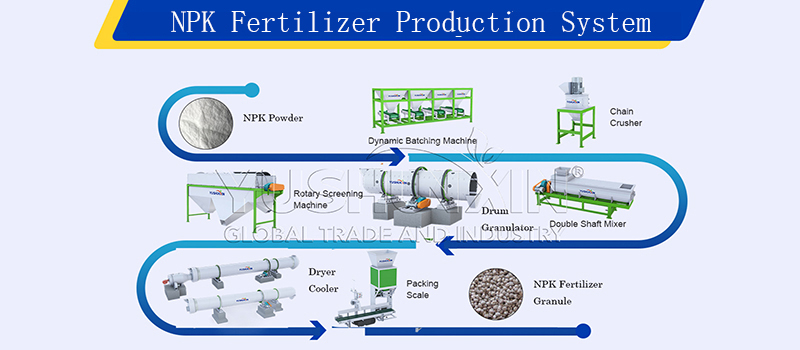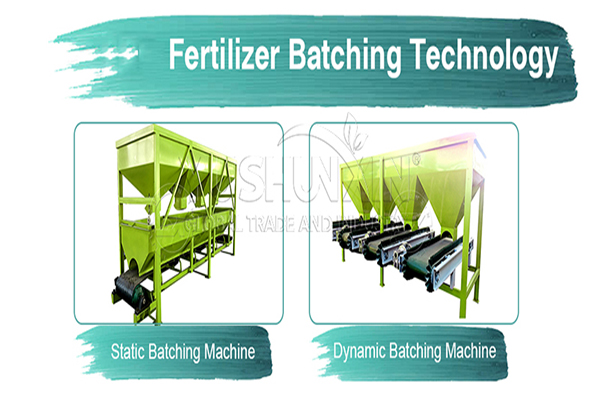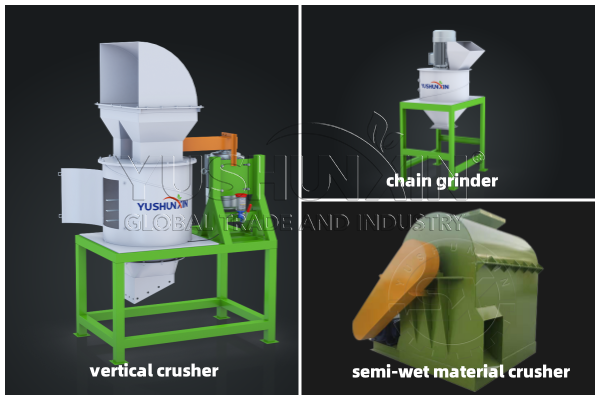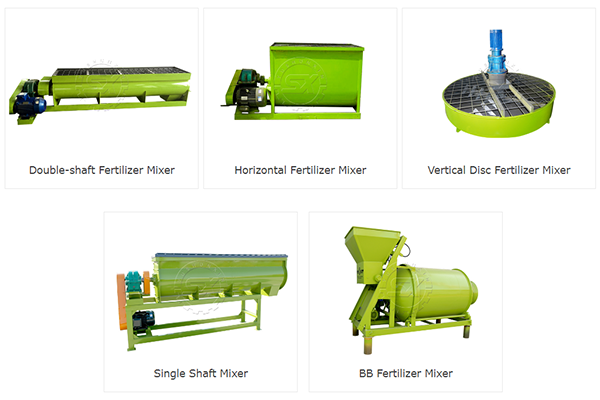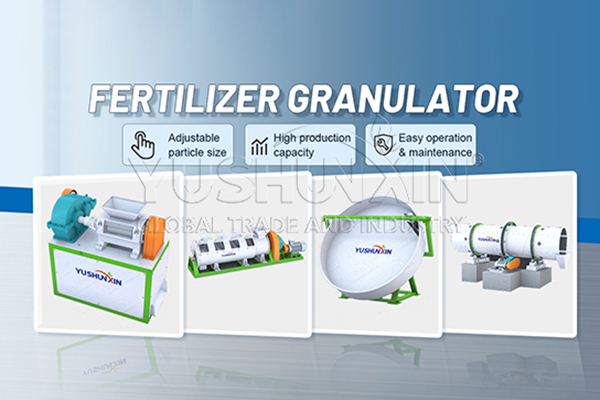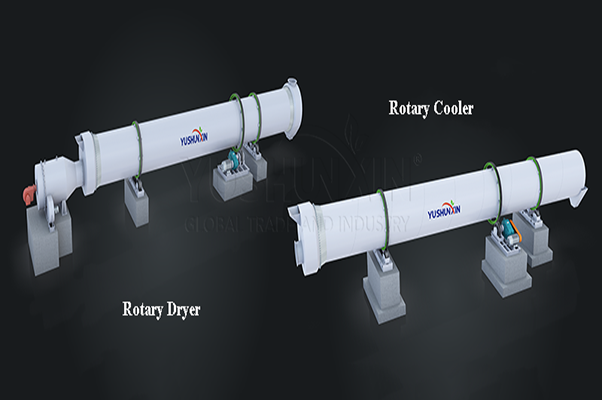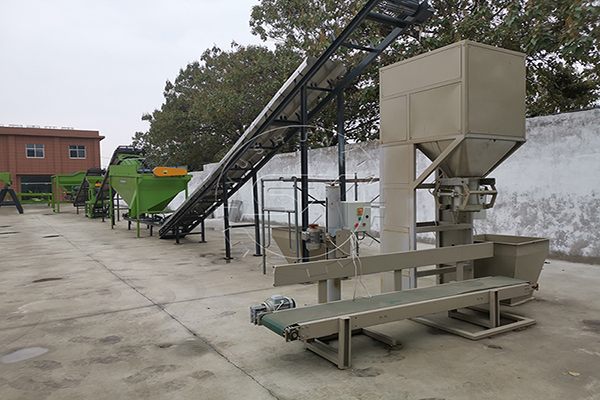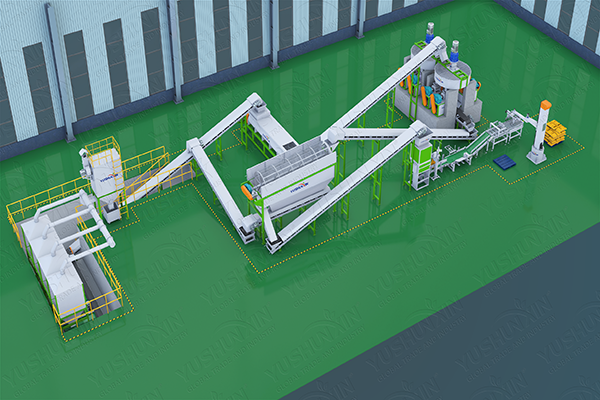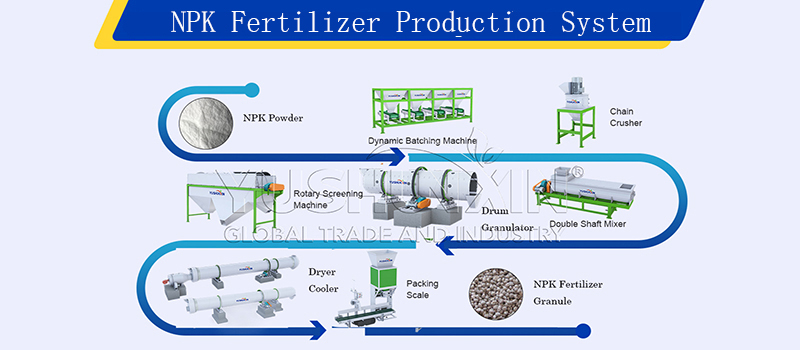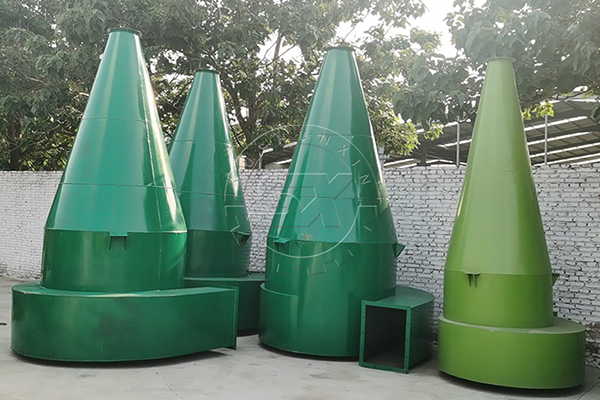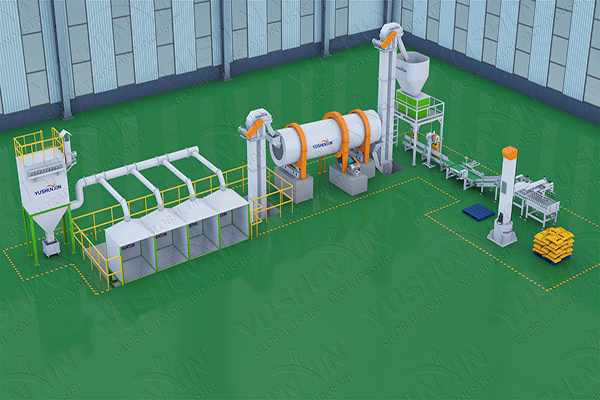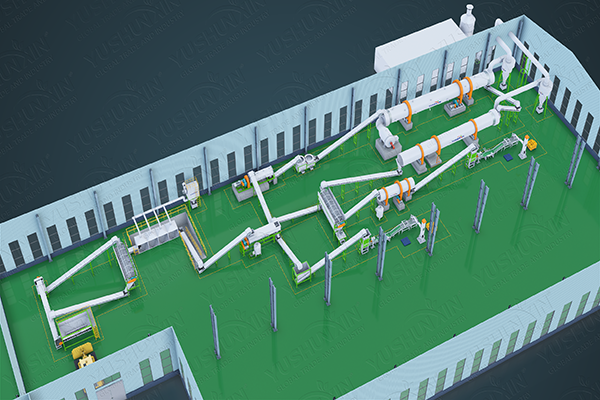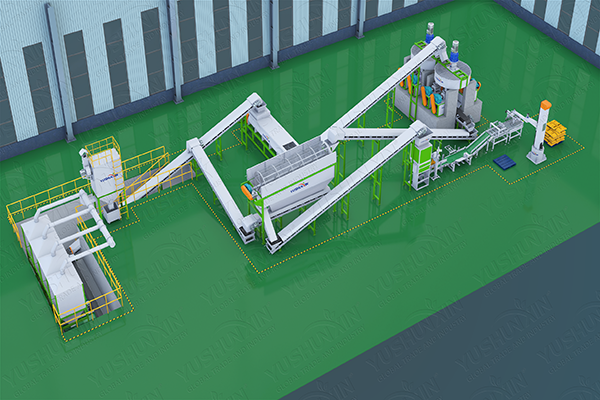As a fertilizer combines a variety of a major plant nutrients, compound fertilizer has become an indispensable part in modern agriculture because it can meet to the requirements for various cops growth. In the context of population growth and tight land resources, the use of compound fertilizer production line is very important, which efficiently provides nutrients, increases yields and reduces environment impact. And through scientific and technological innovation, we can continue to optimize the production and use of compound fertilizers to support sustainable agricultural development and food security.
How to prepare compound fertilizers?
Compound fertilizer is an integral part of modern agriculture, and its production process integrates several industrial technologies. That covers a series of steps from raw material selection to the final product. In the production process you should ensure a balanced proportion of nutrients, while focusing on environmental protection and economic benefits. Here, we will take a brief look at the core aspects of compound fertilizer production.
1. Making Pretreatment For Raw Materials
The main raw materials of compound fertilizer include urea, mono-ammonium phosphate, diammonium phosphate, potassium sulfate, potassium chloride, etc. When selecting raw materials, we should not only consider the proportion of nutrients, but also pay attention to the purity and physical properties of raw materials. Because these factors will directly affect the quality and effect of compound fertilizer. You can mix the compound fertilizer according to the soil and production needs, the common ratio is like 10:10:10, 15:15:15 or 20:20:20. You can make adjustments according to the actual situation.
After preparing raw materials, you should use a crushing machine like a new type vertical crusher, or a cage crusher to crush raw materials into smaller size. By doing this can significantly improve the mixing uniformity, granulation efficiency and nutrient release speed. What’s more, it can promote the smooth progress of subsequent production links, so as to ensure that the final product can efficiently meet the needs of agricultural production.
After that, you should mix the crushed materials to ensure an even distribution of nutrients in each fertilizer particle. If you want to mixing quickly, you can use a fertilizer mixing machine, like a horizontal mixer or a double shafts horizontal mixer.
2. Granulating NPK Fertilizers
During the granulation process, you can adjust the amount of water, binder and other excipients added according to the different granulation equipment and raw material. This is helpful to ensure that it can from the particles successfully with the appropriate strength. At the same time, you can control the granulation parameters, such as temperature, pressure, humidity and rotation speed for high quality fertilizers and uniformity of particles. The common pelletizer machines are roller extrusion granulation, rotary drum granulation plant and disk pelletizer. Pelletizers can squeeze or scatter raw materials into particles of specific shapes and sizes.
3. Drying And Cooling Fertilizers
Drying and cooling after granulation is a key step to improve the quality of fertilizer. In this step, you can use a drying and cooling system to help you. Natural gas burner and hot blats furnace can provide hot air to the fertilizer drying machine. Drying is mainly used to remove excess water in the particles to enhance their hardness and storage stability. And avoid deterioration and crushing. Cooling can prevent caking and thermal damage caused by high temperatures, ensuring that the particles maintain good physical and chemical properties.
4. Packing And Storing Compound Fertilizers
How much does a compound fertilizer production line cost?
The price of a NPK fertilizer production varies a lot depending on various factors, including production capacity, functions of machine, automatic degree, etc. Commonly, a NPK fertilizer production line is usually contains a feeding machine, a vertical crusher, a screener, a fertilizer mixing machine, a granulating machine, a fertilizer drying machine, and a fertilizer packing line. And the price of such a production line is usually at $150,000~$500,000, which can produce compound fertilizer for 1-20t in one hour. What’s more, you can choose a suitable fertilizer production line for NPK based on your needs and budget. You can not only buy several machines or customize your own fertilizer production line.
Why you need a compound fertilizer production line?
Compound fertilizer production line combines various nutrient elements to meet the requirements of crops. And using a compound fertilizer has many advantages. First of all, through automatic controlling and mechanized operation, it can produce a large amount of NPK fertilizer continuously. And that is helpful to improve the working efficiency. What’s more, it can reduce energy consumption during fertilizer production that is conducive to environment protection. In addition, using a compound fertilizer production line can produce high quality fertilizers through refined control. In conclusion, using a NPK fertilizer production line is helpful both for fertilizer manufactures and farmers.
How to reduce pollution during the NPK fertilizer production?
The implementation of these measures not only improve the environment of fertilizer production, but also is conclusive to environment.

